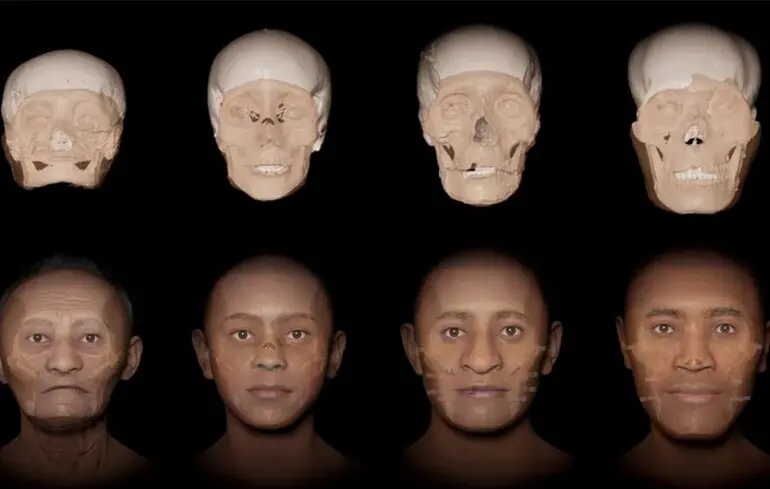Scientists Reconstruct the Faces of Colombian Mummies Using Digital Technologies

Recent archaeological discoveries deep within the Colombian Andes have shed new light on the lives of indigenous peoples who inhabited these regions before Spanish conquest.
Researchers employed modern digital technologies to remove funerary masks and reconstruct the appearance of ancient inhabitants.
Using computed tomography and specialized software, scientists created three-dimensional images of skulls, overlaying muscles, skin, and fat based on analysis and contemporary knowledge of tissue properties.
This approach enabled them to visualize realistic faces of mummies—men, women, and children—who lived in the area between the 13th and 18th centuries.
These findings offer a rare glimpse into the cultural practices, fashion, and traditions of the time, providing insights into pre-Columbian burial customs, which otherwise might have remained obscure due to damaged tombs.
The reconstructions revealed features such as narrow noses, bright eyes, and regional characteristics.
An important part of the work involved selecting skin, eye, and hair colors consistent with regional variations, thereby allowing not only a visual reconstruction but also a cultural portrayal.
Although advanced technology allows for highly accurate facial modeling, certain details—like scars, tattoos, or skin textures—remain speculative, based on averaged data.
Nonetheless, this research opens new pathways for studying the history and culture of indigenous peoples of South America, enriching our understanding of their ancestral identities and burial traditions.

